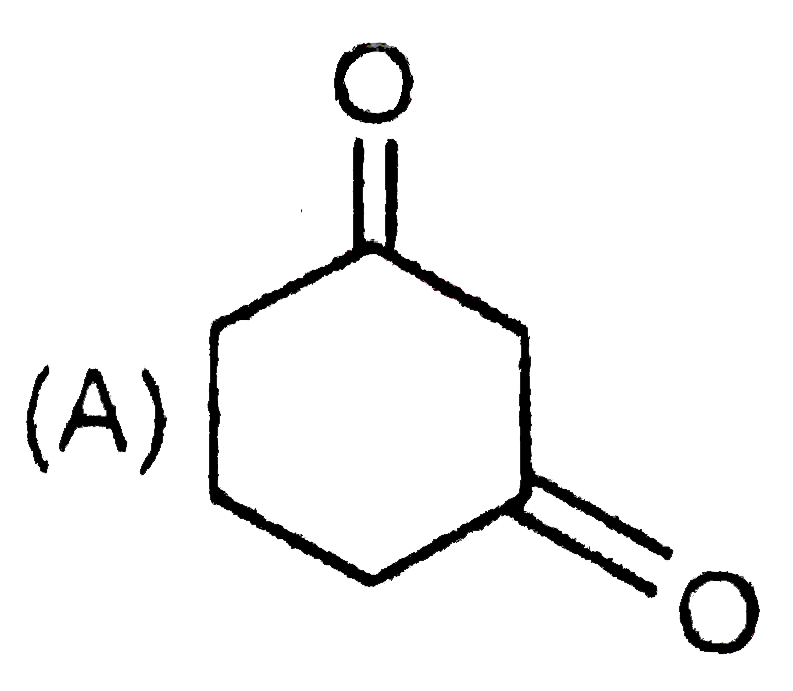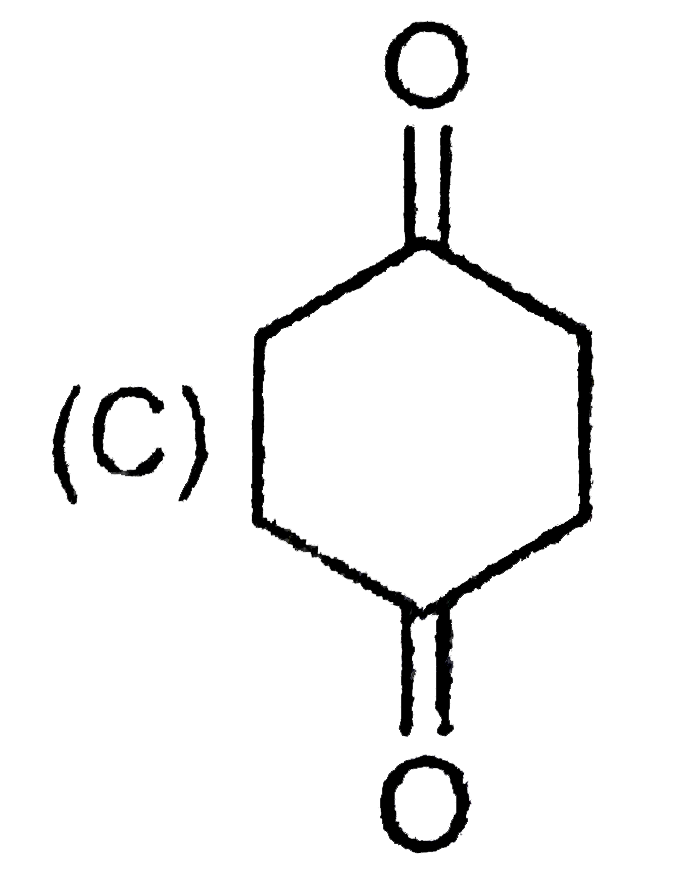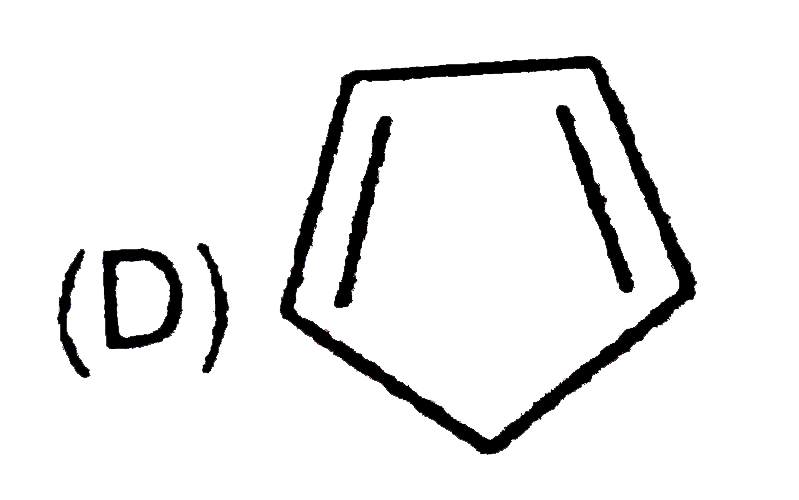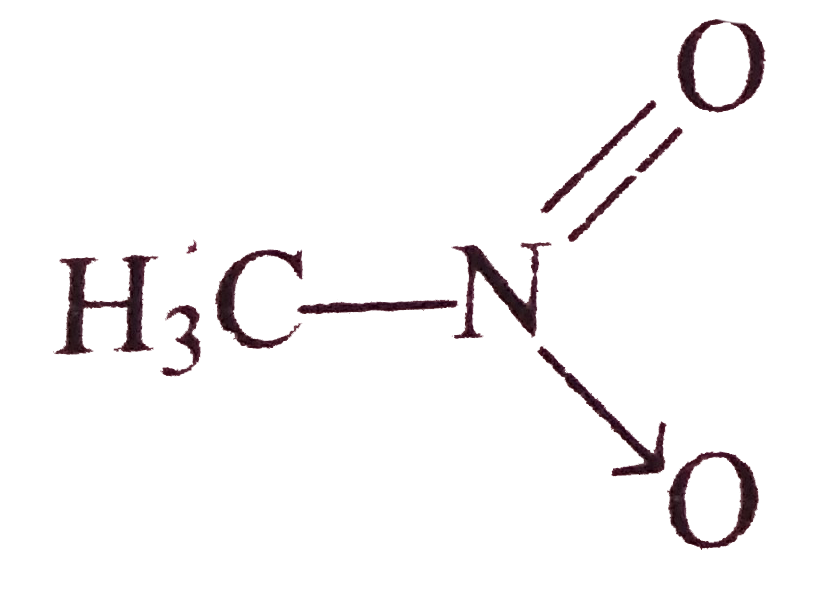The following reactions involve the combination of a Grignard reagent of general formula RMgX with a carbonyl compound and an ester. This is to form carbon-carbon bond.

Although carbon and magnesium are both common elements in the human body, Grignard reactions do not occur in cells. Why is this so ?
Grignard reagents are strong bases, and hence would be rapidly protonated by the water present in the living cells. The formation of a Grignard reagent usually requires Mg metal, which is not found in living cells.
Related Playlists
- BOOK - MS CHOUHANCHAPTER - ALCOHOLS FROM CARBONYL COMPOUNDSEXERCISE - Additional Objective Questions (Single correct Choice Type)5videos
ALCOHOLS FROM CARBONYL COMPOUNDS
- BOOK - MS CHOUHANCHAPTER - ALCOHOLS FROM CARBONYL COMPOUNDSEXERCISE - Additional Objective Questions (Multiple Correct Choice Type )1videos
ALCOHOLS FROM CARBONYL COMPOUNDS
- BOOK - MS CHOUHANCHAPTER - ALCOHOLS AND ETHERSEXERCISE - ADDITIONAL OBJECTIVE QUESTIONS (Matrix Match Type )3videos
ALCOHOLS AND ETHERS
- BOOK - MS CHOUHANCHAPTER - ALDEHYDES AND KETONES EXERCISE - Level 27videos
ALDEHYDES AND KETONES
Similar Practice Problems
- Question 1 - Select One or More
Grignard reagents are singma- bonded organometallic compound. There exists covalent bond between carbon and magnesium atoms. Grignard reagent finds applications in the sysnthesis of variety of compounds. Gringnard reagent reacts as carbanion and the reaction of carbanion with the proton of an acid is acid- base reaction. Cabonyl compound (including ester) on interation with grignard reagent generates alkoxide ion and thus can be converted into alcohols. Grignard reagent react with almost all functional groups. Notable exceptions are tertiary amines aliphatic and aromatic C=C bonds.
Q. Which of the following compounds gives benzene as a major product on reaction with PhMgBr (1eq)A BCH3−C≡CHC
BCH3−C≡CHC D
D
- Question 1 - Select One or More
Grignard reagents are singma- bonded organometallic compound. There exists covalent bond between carbon and magnesium atoms. Grignard reagent finds applications in the sysnthesis of variety of compounds. Gringnard reagent reacts as carbanion and the reaction of carbanion with the proton of an acid is acid- base reaction. Cabonyl compound (including ester) on interation with grignard reagent generates alkoxide ion and thus can be converted into alcohols. Grignard reagent react with almost all functional groups. Notable exceptions are tertiary amines aliphatic and aromatic C=C bonds.
Q. Which of the following combination of reactant can be used to prepare the following given compound?
 APh−C∣∣O−O−CH3(1)CH3−MgBr(excess)−−−−−−−−−−−−−−−→(2)H2O,H+BPh−C∣∣O−CH3(1)Ph−MgBr(excess)−−−−−−−−−−−−−−→(2)H2O,H+CCH3−C∣∣O−Cl(1)Ph−MgBr(excess)−−−−−−−−−−−−−−→(2)H2O,H+D
APh−C∣∣O−O−CH3(1)CH3−MgBr(excess)−−−−−−−−−−−−−−−→(2)H2O,H+BPh−C∣∣O−CH3(1)Ph−MgBr(excess)−−−−−−−−−−−−−−→(2)H2O,H+CCH3−C∣∣O−Cl(1)Ph−MgBr(excess)−−−−−−−−−−−−−−→(2)H2O,H+D
- Question 1 - Select One
Which of the following statements (S) is/are true about Hofmann bromamide reaction?
I.In this reaction, migration of an alkyl or aryl group takes place from nitrogen atom of amide to the carbonyl carbon
II. The amine so formed contains one carbon more than that presents in the amide.
III. It is the degradation reaction.
Select the correct option.AOnly IBI and IIICOnly IIIDAll of these - Question 1 - Select One
Since, Grignard reagents resemble carbanion, so they are strong nucleophile and strong base. Their most useful nucleophilic reaction is addition to carbonyl group.

Which of the following compounds will not give acid-base reaction with RMgX?ACH3−CH2−ClBCH3OHC DH2S
DH2S - Question 1 - Select One
Since, Grignard seagents resemble carbanion, so they are strong nucleophile and strong base. Their most useful nucleophilic reaction is addition to carbonyl group.

Which of the following compounds will not give acid-base reaction with RMgX?ACH3−CH2−ClBCH3OHC DH2S
DH2S - Question 1 - Select One
Since, Grignard reagents resemble carbanion, so they are strong nucleophile and strong base. Their most useful nucleophilic reaction is addition to carbonyl group.

Arrange the following compounds in decreasing order of nucleophilic addition reaction :
 AR>P>S>QBP>Q>R>SCQ>R>S>PDR>S>P>Q
AR>P>S>QBP>Q>R>SCQ>R>S>PDR>S>P>Q
Similar Questions
Grignard reagents give alkane, on reaction with :
View SolutionExplain the mechanism of the following reactions :
(i) Addition of Grignard reagent to a carbonyl compound forming an adduct followed by hydrolysis.
(ii) Acid catalysed dehydration of alcohol forming an alkene.View SolutionCarbon forms a large number of compounds because of its two unique properties formed many have long straight chains of carbon, branched chains of carbon or rings of carbon. In these compounds, carbon atoms may form single, double or triple covalent bonds. Compounds in which the carbon atoms are linked to each other by single bonds are called saturated carbon compounds whereas compounds having at least one carbon-carbon double or triple bond are called unsaturated carbon compounds. Compounds containing only carbon and hydrogen are known as hydrocarbons. Based on the above information, answer the following questions.
What is common name and molecular formula of ethyne?View SolutionExplain the mechanism of the following reactions :
(i) Addition of Grignard reagent to a carbonyl compound forming an adduct followed by hydrolysis.
(ii) Acid catalysed dehydration of alcohol forming an alkene.
(iii) Acid catalysed hydration of an alkene forming an alcohol.View Solution

